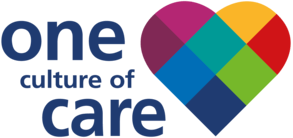Sharps injuries affect people for longer than you may realise. Earlier this month we featured A&E Domestic Scott Bradley, who was injured by a needle whilst emptying a bin.
Now, ISS Catering Assistant, Joanne Williams, has also offered to share her story to help raise awareness and help avoid what she went through happening to someone else.
"I was clearing a catering tray on a ward when I felt a sharp pain in my finger. A needle had been left on the tray and I hadn't seen it because it was hidden under the empty rubbish packets.
"I immediately felt panicked after it happened. This was such a worrying time for me, until the results came back, I was thinking the worst. It's just not what you expect to happen in a catering job.
"I am always so much more cautious now, I always thought I was careful before, but it still happened."
Ways to prevent sharps injuries
Clinical staff should follow the Prevention and Management of Clinical Sharps Injuries and Exposure to Blood and High-Risk Body Fluids Policy. Following these protocols is essential to protecting our colleagues. If you or your team require a refresher or additional training, please contact your team lead or health and safety representative.
Please also be aware of patients who self-administer medication using needles. Making a sharps bin available at the bedside is the safest option.
A single moment of carelessness in a ward or clinical setting can lead to unnecessary stress, harm, and the need for blood tests, leaving others to face prolonged uncertainty after a needle stick injury.


